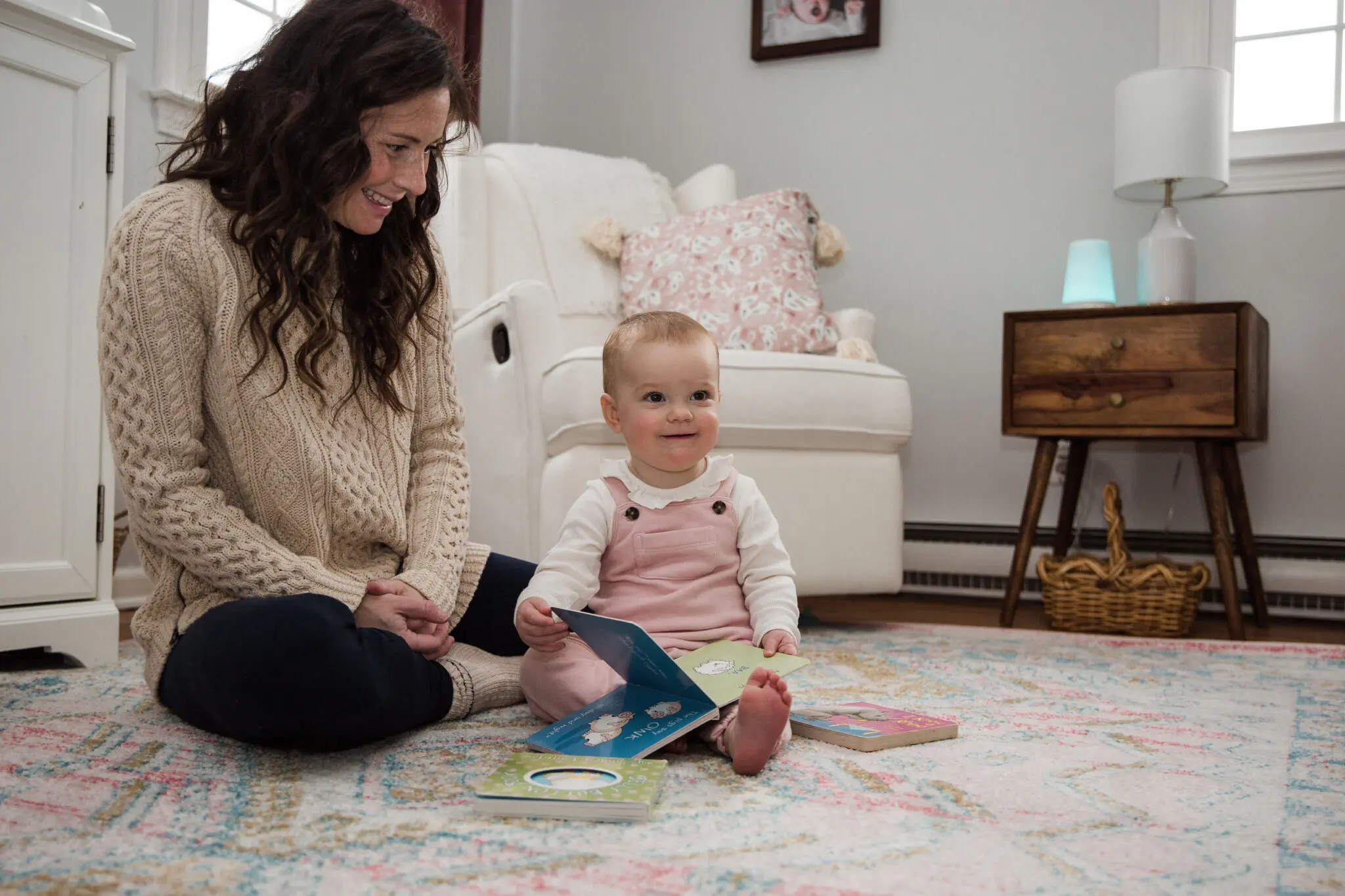Do you talk to yourself? Today I’m sharing how I use self-talk to treat my anxiety and control catastrophic thinking.

One of the most discussed health topics on Caitlin Houston Blog is my personal battle with anxiety. I’ve struggled with catastrophic anxiety on and off since college, often imagining worst case scenarios out of thin air. My anxiety can be uncontrollable and debilitating, often affecting my physical health. When a snowflake size worry turns into a massive snowball of fear, I’m met with migraines, IBS, or even Shingles.
Up until this year, I never felt like I had control of my anxiety for more than a short period of time. Doctors have prescribed anxiety medication for emergencies and recommended physical activity to calm the inner chaos. As a result, I’ve spent hours exercising, dancing, and practicing yoga to quiet my anxious thoughts. While these anxiety treatments are helpful, they’re often just a small bandaid on a bigger issue.
Using Self-Talk to Treat My Anxiety
One of my biggest fears – that I don’t discuss often – is sudden death. In my defense, I’ve lost one too many family members and friends in my lifetime to brief sickness or tragedy. Then this year I caught Covid and the news made the virus sound like a death sentence. For a period of time I worried either myself or everyone I loved would die from Covid – until I started therapy and self-talk.
Self-talk can help shift your thinking when it’s performed correctly.
Since I started therapy in May, I’m learning how to use self-talk to treat my anxiety. In some of my most difficult moments this year – battling Covid, skin cancer surgery, and losing both my Uncle and Grandfather – the only way out of a catastrophic thinking cycle is self-talk.
Self-talk is a secret weapon for fighting anxiety.
We all talk to ourselves naturally throughout the day. However, more often than not our self-talk is subconsciously negative. By practicing positive self-talk, you can squash anxiety and curb pessimistic emotions.
For example, Covid cases are on the rise in Connecticut. Naturally, my mind starts to race as I comprehend the possible outcome of another huge outbreak. Quarantine, isolation from our family and friends, the closing of schools, etc. In the past I would spiral into a mess of catastrophic thoughts. The worry of what may happen consumes my being, causing me to obsess and shut down emotionally from my family and friends. This is not a way to live life.
Talking Myself Down from the Ledge
Want to know how I talk myself down from the ledge? First I ask myself, ‘Why are you feeling worried or nervous?’ Then I say my fears out loud – because sometimes I immediately recognize an irrational thought. Finally I offer myself a positive affirmation.
Here are some examples of positive self-talk for anxiety and catastrophic thinking:
“I am strong, I can get through this.”
“I can’t control the future, I can only control my thoughts and actions.”
“One bad day does not mean every day thereafter will be bad too.”
“Even though it wasn’t the outcome I hoped for, I learned a lot about myself. There is always tomorrow to try again.”

For the first time in my life I can consciously recognize when I begin to feel scared or anxious about a situation. Once I identify the root of the panic boiling up inside, I begin my self-talk for anxiety. I’m also learning to look for positive outcomes in a negative situation. Talking to yourself can help you move out of the darkness and into peace, light and positivity.






Leave a Reply